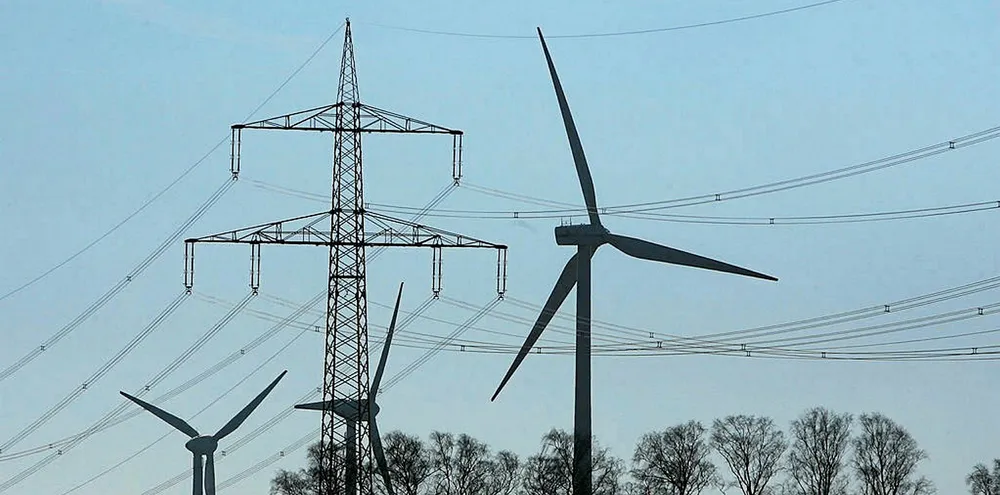Offshore wind's rocky shores, floating the future and why EU's H2 plans are a gas
Our weekly curation of the must-read news and analysis from the-week-that-was in the global renewable energy industry

Our weekly curation of the must-read news and analysis from the-week-that-was in the global renewable energy industry
